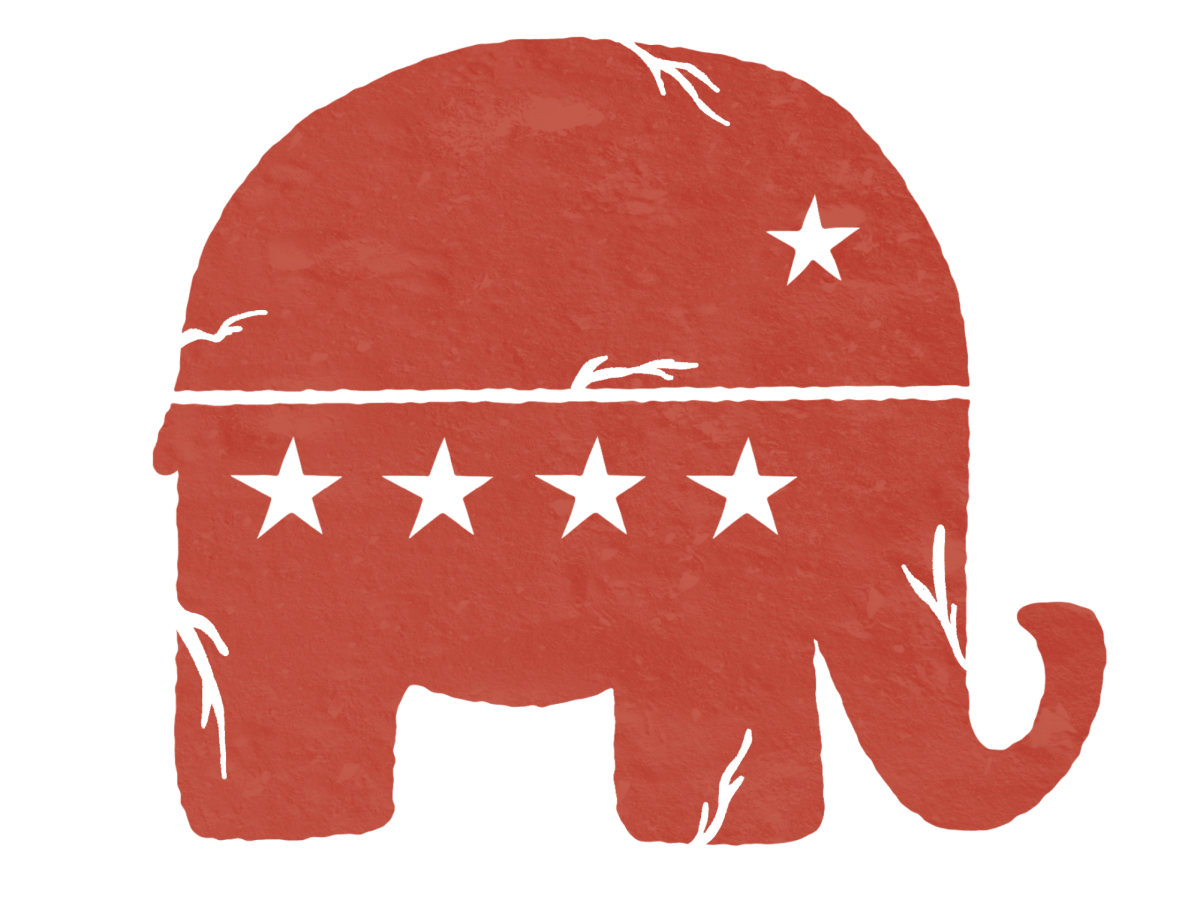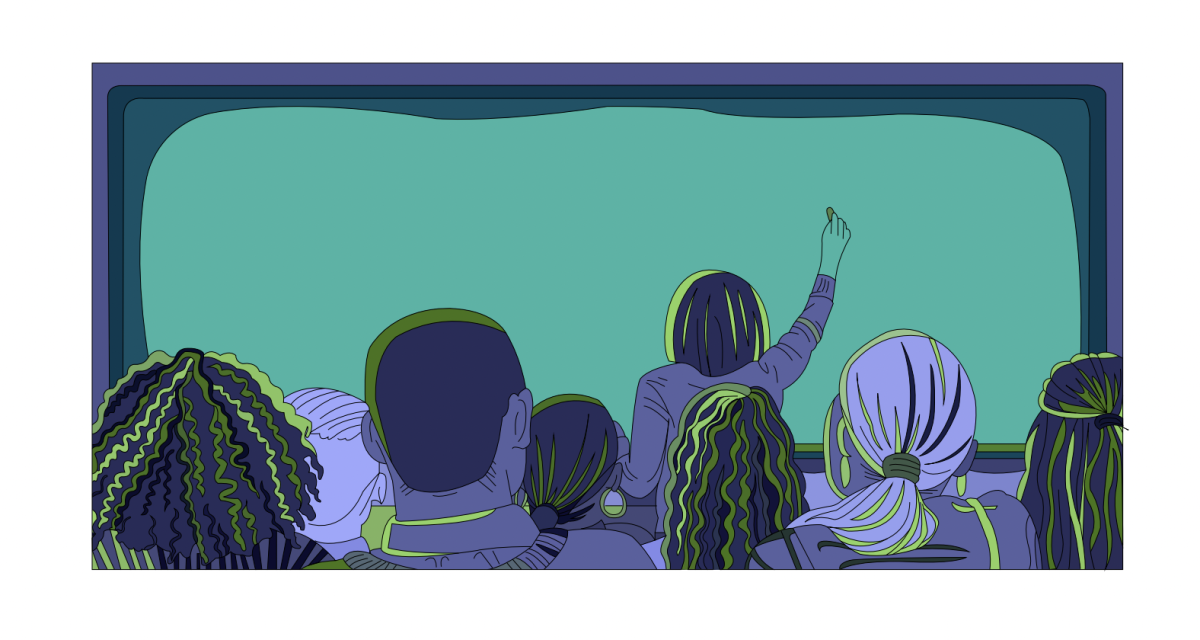The college sports recruiting process is no easy venture — it has always been fiercely competitive and demands that athletes not only excel in their sport but also stand out in an already crowded field of talent. In 2020, the NCAA lifted restrictions that previously barred athletes from profiting off their Name, Image and Likeness, introducing a new and powerful edge to the recruiting process that is reshaping the landscape of college athletics today.
The NIL is a label that student-athletes use to make themselves an image to attract recruitment offers. This makes recruiting for colleges more competitive by giving athletes the opportunity to earn money, which has led to schools battling for top talent as student-athletes increasingly prioritize financial opportunities—essentially making the process a bidding war.
However, not all programs have equal resources, and if wealthier schools dominate the recruiting scene, player retention will also become highly competitive—putting smaller athletic programs at risk of falling apart.
What happens when the dreams of thousands of student-athletes are being priced out of the game? In college sports, where star quarterbacks and basketball players sign endorsement deals before setting foot on campus, the future for underrepresented sports like cross country, track, swimming, and many more are being jeopardized.
While the NIL has opened doors for high-profile athletes to earn money and recognition, it has also sparked unintended consequences such as rising financial strain on athletic departments, and dwindling opportunities for athletes in less-publicized sports.
As universities and colleges scramble to keep up with the financial demands of recruiting skill and talent, the sole foundation of collegiate athletics—providing equal opportunities for athletes—is being tested and its future might be at stake.
NIL athletes are increasingly in a position to demand larger financial incentives, creating bidding wars between colleges in hopes of yearning their interests. A report by AthleticsBusiness showed that colleges have spent a total of nearly $1.67 billion for athletes during the 2024-2025 season alone. A large majority of that money went to football programs where schools spent $1.1 billion on the sport. The financial imbalance is clear—and so is the fallout.
The question now being raised by many experts is “What about other sports?.” In the rush to fund football and basketball programs, low-revenue sports are being terminated or left behind. Over the past year, universities have begun cutting entire programs, leaving many current athletes—and hopeful high school recruits—without a place to play.
In January of last year, Loyola Marymount University made headlines when it announced the termination of six of its athletic programs in an effort to reallocate resources. This is just one example of a growing trend that has continued to happen ever since.
The realm of college sports is starting to make athletes function like employees, and care less about their academic endeavors—that includes negotiating deals, demanding brand deals and more. It is now rare to find an athlete who finds a true love for a school because of the availability of NIL and being able to transfer between programs with higher pay opportunities. The traditional role of student-athletes is beginning to blur for the worse. The once sought after dream for athletes to get scholarships and play the sports they love is now slowly fading away.
While NIL has undeniably opened new doors for high-profile athletes, the unintended consequences are becoming more apparent. What was once a system designed to balance education with competition is now becoming a business-driven model. If we are not careful, the heart of college sports could be at risk.
As big-money schools and powerhouse conferences scoop up the spotlight, many talented athletes are being left behind—not because they lack skill, but because they lack access to the same platforms or media attention. This growing imbalance threatens the spirit of college athletics, where opportunity and effort were supposed to be the great equalizers. We must advocate for a system that uplifts all student-athletes. A system which values potential over popularity, and creates opportunities beyond endorsement deals and money.

















